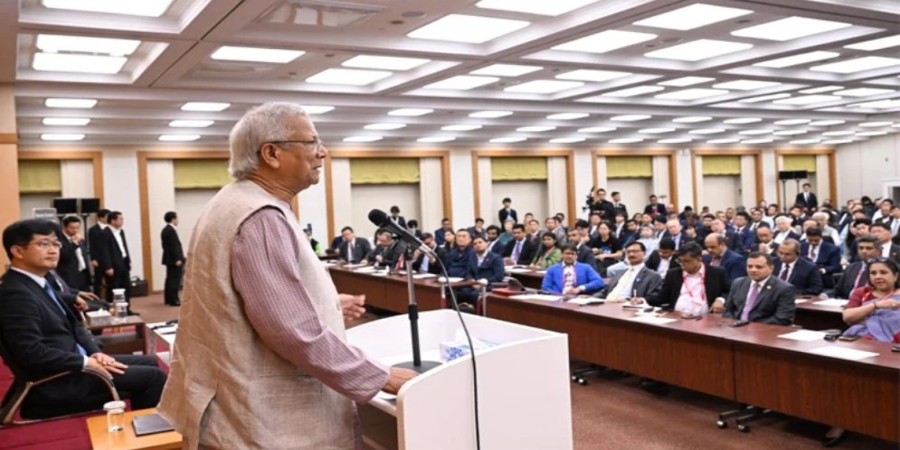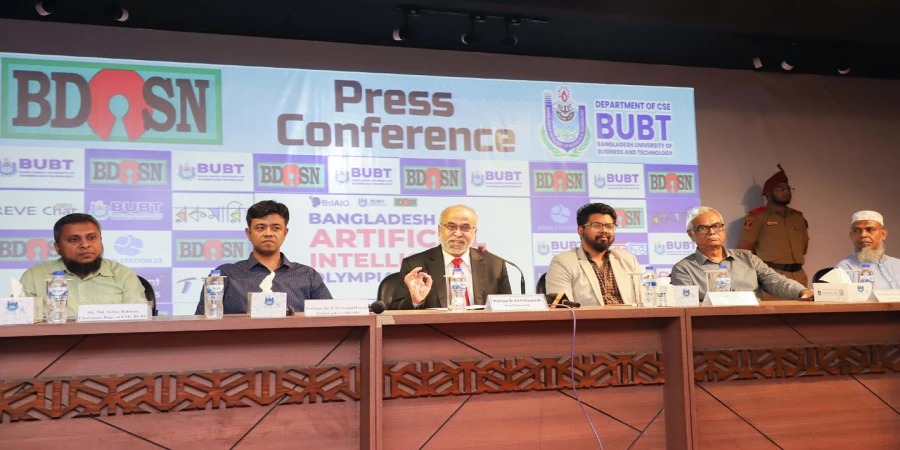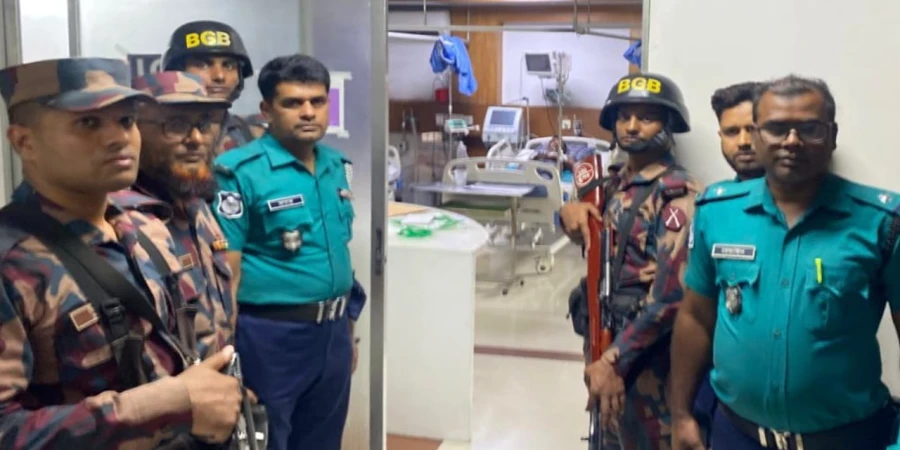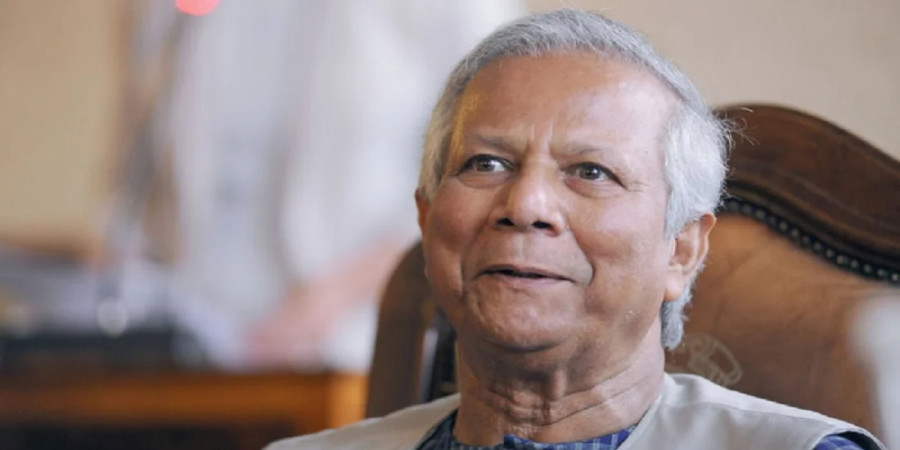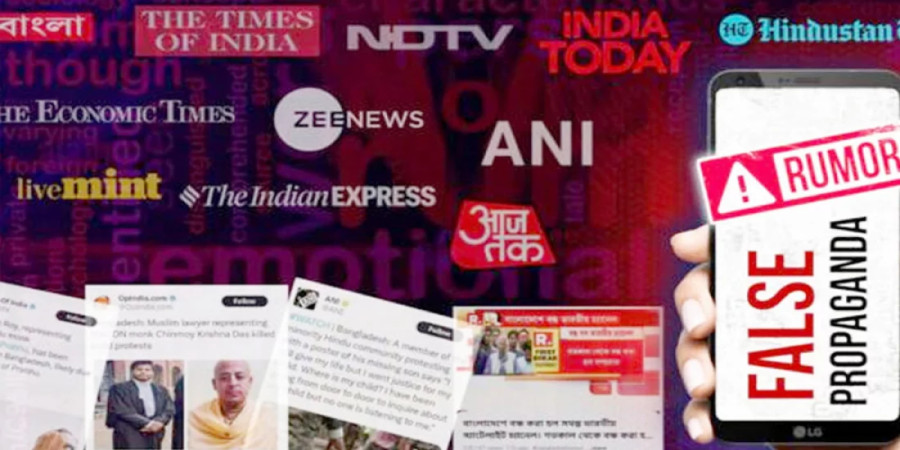
ছবি: Photo: Collected
In recent months, Indian media has been accused of spreading misinformation about Bangladesh, a phenomenon that seemingly escalated after the fall of Sheikh Hasina's government. This narrative has taken on new dimensions following the arrest of Hindu monk Chinmoy Krishna Das, leading to what some experts describe as a media frenzy aimed at portraying Bangladesh in a negative light.
Reports from British and Indian outlets, including fact-checking platform Alt News, reveal how misleading content has proliferated across both mainstream and social media in India. These stories frequently claim that Hindu minorities in Bangladesh are under attack, often without credible verification of the facts. Such claims are further amplified on social platforms like X (formerly Twitter) with hashtags like "Save Bangladeshi Hindus" and "Pray for Bangladeshi Hindus," creating a distorted image of the situation on the ground.
Examples of Misinformation
One widely circulated video on X allegedly depicted "extremists attacking a Hindu village in Sherpur, Bangladesh." However, Alt News uncovered that the video was related to an entirely different incident involving a local conflict at a Sufi shrine, with no connection to attacks on Hindus. Similarly, another video showing a clash among Bangladeshi college students was falsely presented as a "genocide of Hindus."
Such content has gained traction even among influential figures. For instance, West Bengal opposition leader Suvendu Adhikari shared these videos on social media, further fueling the narrative of widespread anti-Hindu violence in Bangladesh. Fact-checks revealed that these incidents were either unrelated or misrepresented, raising concerns about the lack of journalistic due diligence in verifying such stories before publication.
Shift in Indian Media's Approach
The tone of Indian media towards Bangladesh has notably changed since Sheikh Hasina's government fell. During her tenure, Indian outlets largely portrayed a narrative of strong bilateral relations, often emphasizing Hasina's perceived alignment with India's ruling party. However, following the establishment of an interim government led by Muhammad Yunus, Indian media's stance has shifted to skepticism and criticism, questioning the new administration’s legitimacy and governance.
Experts believe this shift aligns with broader political motives. The narratives pushed by Indian media now seem tailored to appeal to domestic audiences, particularly Hindu voters, by highlighting alleged threats to Hindus in Bangladesh. This strategy, they argue, is part of a larger effort to consolidate support for India's ruling party ahead of upcoming elections.
Electoral Strategy and Religious Polarization
The focus on Bangladeshi Hindus coincides with a growing trend in India's political discourse that seeks to portray Hindus as being under threat, both domestically and abroad. The arrest of Chinmoy Krishna Das has been a pivotal point in this narrative, with protests and speeches in West Bengal and Tripura emphasizing the supposed parallels between the plight of Bangladeshi Hindus and potential dangers facing Indian Hindus.
Experts liken this strategy to earlier political tactics where Pakistan was often invoked to stoke fears of Muslim dominance or violence. Now, Bangladesh appears to have taken its place as the primary target in this narrative, with media outlets amplifying unverified claims of anti-Hindu violence to bolster these fears.
Impact on Public Perception
The dissemination of such stories has significant implications for both Indian and Bangladeshi societies. Analysts point out that many ordinary citizens, regardless of their religious background, often take these narratives at face value due to their widespread circulation and sensationalized presentation. This not only fosters mistrust between communities but also risks undermining regional stability by perpetuating unfounded claims about inter-religious conflict.
Journalists in India have also acknowledged the problematic nature of this trend. Bishwajit Mazumdar, a senior editor at a prominent Indian news network, admitted that the competitive rush for breaking news has eroded traditional journalistic standards of fact-checking and accuracy. As a result, misinformation often finds its way into the mainstream, further exacerbating tensions between the two countries.
The current media narrative about Bangladesh is not an isolated phenomenon. Similar tactics have been observed in the context of other international events, such as the Israel-Palestine conflict and the Russia-Ukraine war. In each case, misinformation is used as a tool to shape public opinion and advance specific political agendas.
In the case of Bangladesh, the focus on Hindu minorities appears to serve dual purposes: creating a rallying point for Hindu voters in India and painting a negative picture of the new Bangladeshi government. By framing the issue as a religious conflict, Indian media risks not only distorting the reality of the situation but also exacerbating communal tensions within its own borders.
The surge in misinformation about Bangladesh in Indian media highlights the complex interplay between journalism, politics, and public perception. While the narratives being pushed may serve immediate political objectives, their long-term impact on regional relations and societal harmony cannot be ignored. Accurate and responsible reporting is crucial to countering the spread of falsehoods and fostering mutual understanding between nations.
repoter



